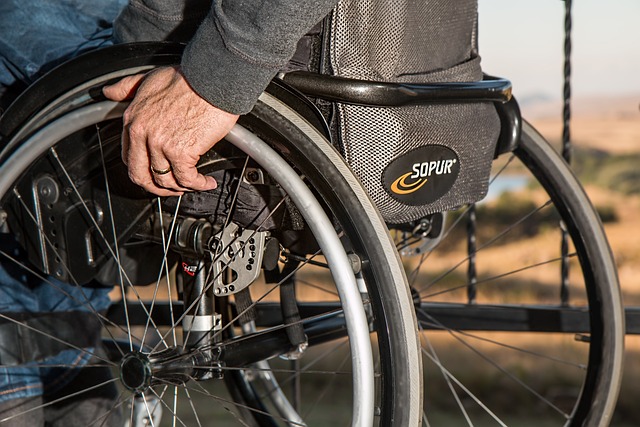For individuals with disabilities, creating a home environment that is both accessible and comfortable is paramount. Disability aids can significantly improve quality of life by providing support, independence, and safety. Here are five essential types of disability aids to consider for your home:
1. Bed Mobility Aids
- Bed Rails: These provide stability and support for individuals who need assistance getting in and out of bed. They come in various styles, including full-length rails, half-length rails, and detachable rails.
- Bed Lifts: For those with limited mobility, bed lifts can safely transfer individuals from a bed to a wheelchair or another seated position. They can be either manual or electric, depending on the user’s needs and caregiver’s strength.
- Mattress Pads: Pressure-relieving mattress pads can help prevent bedsores and improve comfort for individuals who spend extended periods in bed. They are available in various sizes and thicknesses.
2. Wheelchair Ramps
- Portable Ramps: These are lightweight and easy to move, making them ideal for temporary or occasional use. They can be made from aluminum, plastic, or wood.
- Fixed Ramps: For permanent access, fixed ramps can be installed indoors or outdoors. They are typically made from concrete or metal and require professional installation.
- Modular Ramps: These are made up of interlocking sections that can be easily assembled and disassembled, making them versatile for different applications.
3. Bathroom Aids
- Grab Bars: These provide support for individuals who need assistance getting in and out of the shower or bathtub. They can be installed in various locations, such as near the toilet, sink, and shower.
- Shower Benches: These provide a safe and comfortable place to sit during showers. They can be adjusted to different heights and are often equipped with backrests.
- Commode Chairs: For individuals who have difficulty using the toilet, commode chairs can be placed over the toilet seat and provide support.
4. Kitchen Aids
- Reacher Grabbers: These tools can help individuals with limited arm reach to retrieve items from high shelves or cabinets.
- Swivel Cutting Boards: These boards can be rotated 360 degrees, making it easier for individuals with limited range of motion to cut and prepare food.
- Adapted Utensils: Utensils with built-up handles, angled spoons, or nonslip grips can make eating easier for individuals with limited hand strength or dexterity.
5. Assistive Technology
- Voice Control Devices: These devices allow users to control various electronic devices, such as lights, televisions, and computers, using voice commands.
- Home Automation Systems: These systems can automate tasks such as opening and closing doors, adjusting thermostats, and turning lights on and off.
- Computer Access Software: Software programs can help individuals with disabilities use computers more easily, including screen readers, speech-to-text software, and alternative input devices.
When selecting disability aids for your home, it is important to consider the individual’s specific needs, abilities, and preferences. Consulting with a healthcare professional or occupational therapist can help you identify the most appropriate aids for your situation. By incorporating these essential disability aids into your home, you can create a more accessible and inclusive living environment.

